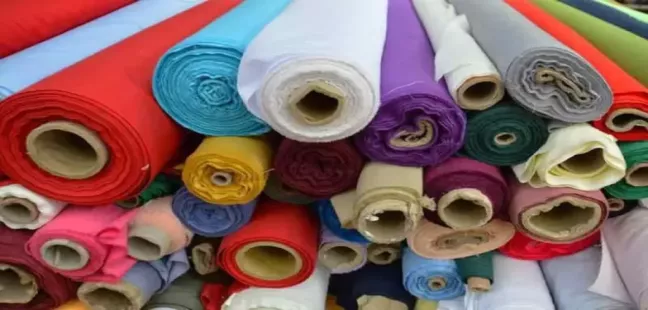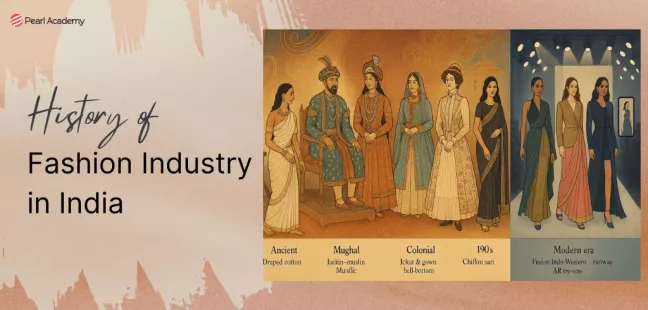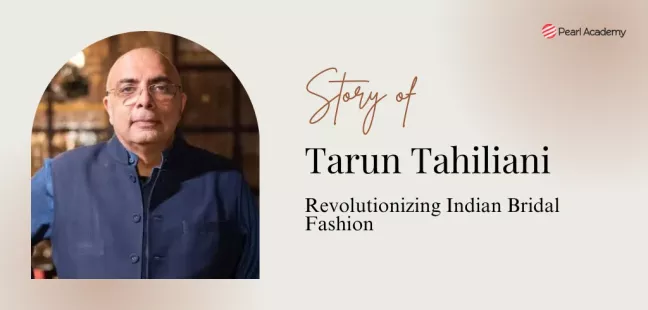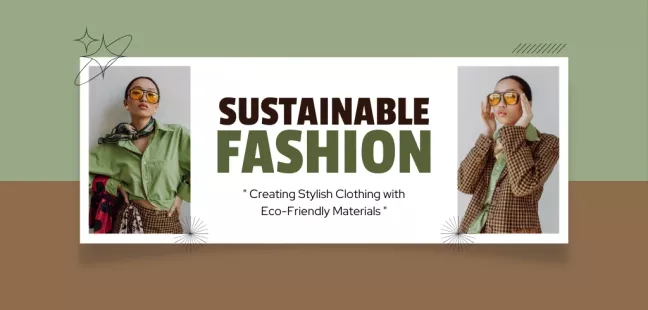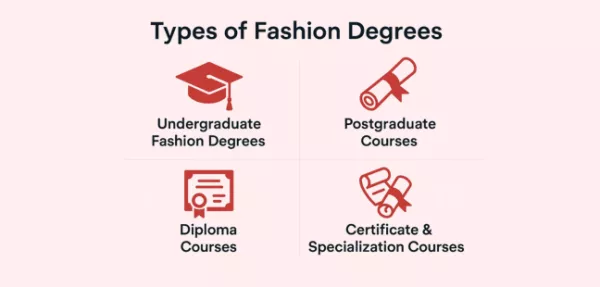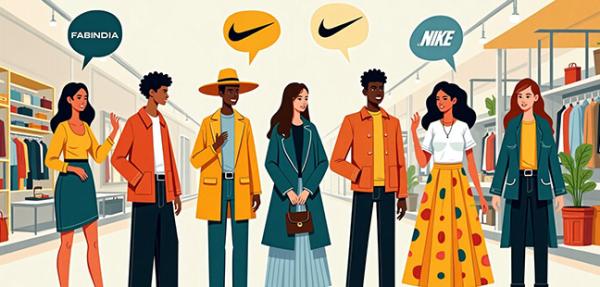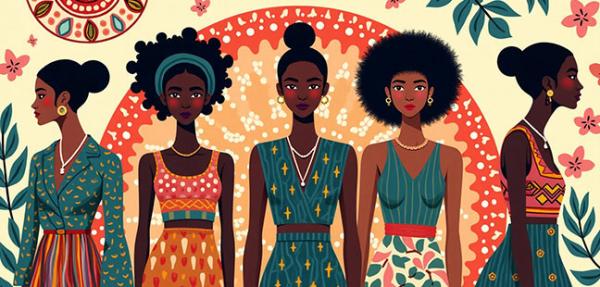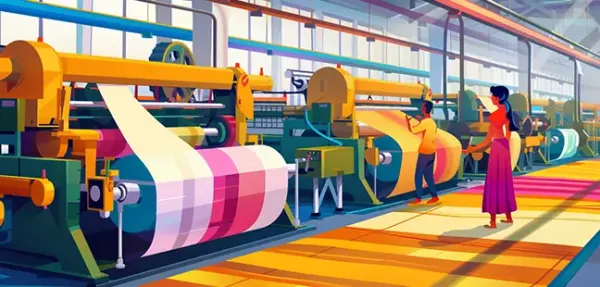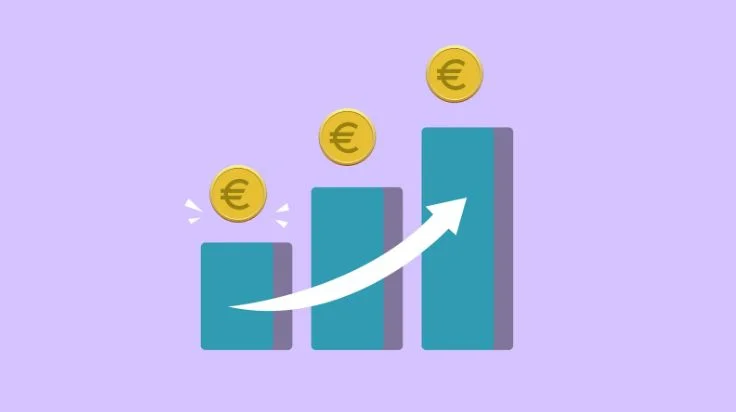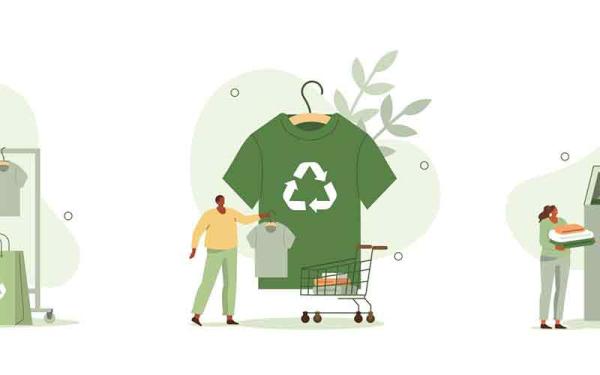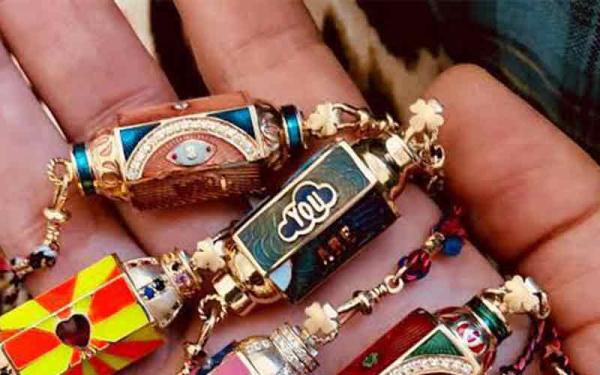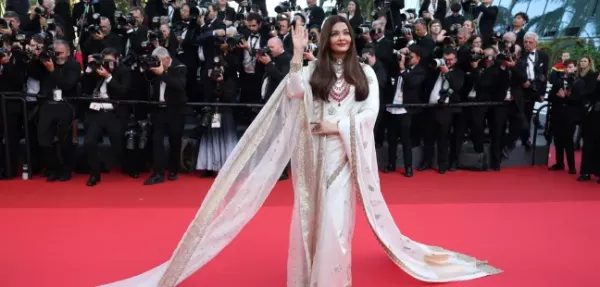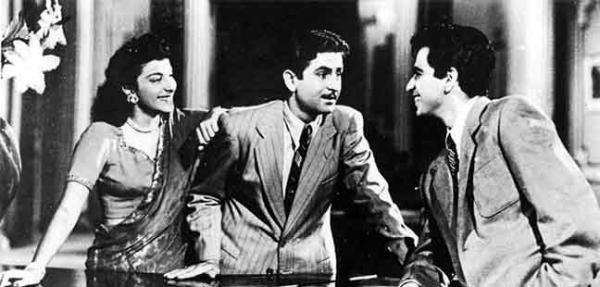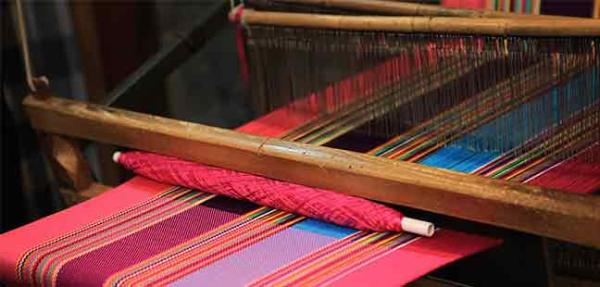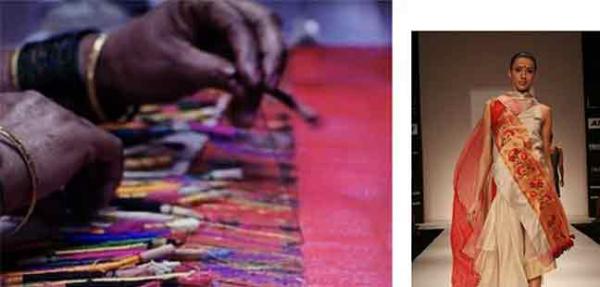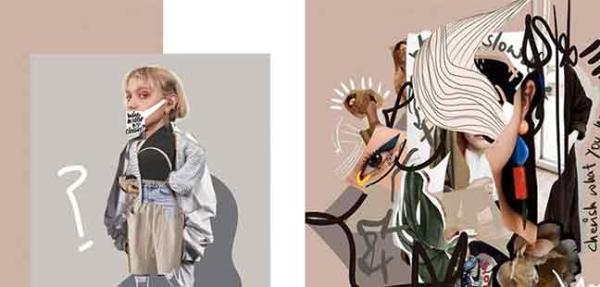Consumption Of Fast Fashion In India
- Meha Jayaswal
- Published 28-Jul-2025
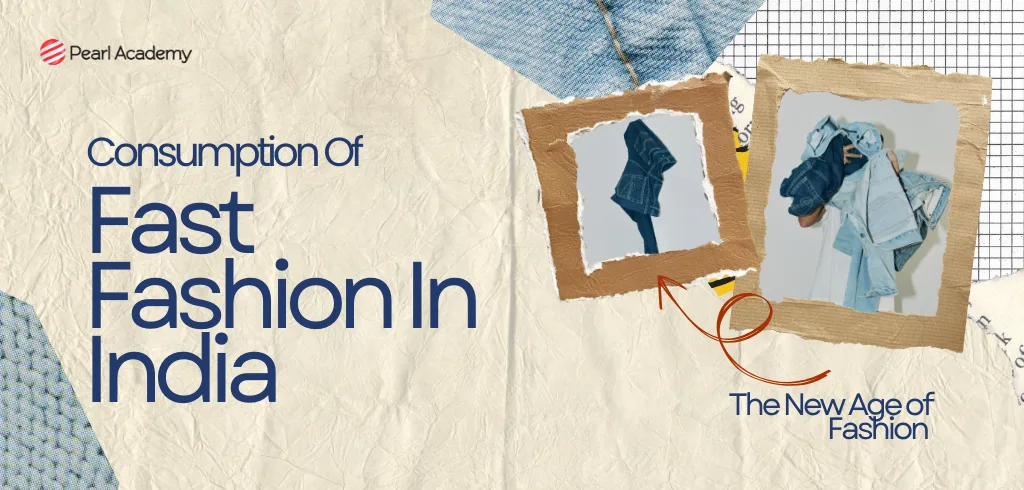
Apropos to its name, the Fast Fashion industry is rapidly growing with a valuation of $10 billion currently. Fast fashion—marked by affordable, trend-driven clothing produced at rapid speed—has witnessed explosive growth in India, with a 30–40% rise in 2024 alone. A cultural and economic phenomenon in itself- thanks to fast fashion in India, the Indian wardrobe is evolving with clicks and swipes faster than ever before! But behind the glam lies a darker narrative of environmental cost and labor exploitation, prompting a new wave of ethical and sustainable fashion.
So, what's really powering this stylish surge—and can it sustain itself without compromising people and the planet? Let’s dive into the fast-evolving world of fashion that’s changing how India shops, wears, and thinks about clothes.
Become future-ready with our Fashion Programs
Know MoreWhat is Fast Fashion?
Fast Fashion focuses on quickly replicating high-fashion designs at a low cost, with the goal of rapidly turning over styles and making them available to consumers at affordable prices. This model relies on low-cost labour and efficient supply chains to produce a large volume of clothing that caters to current trends.
To give you a little background, earlier there were two seasons in the fashion industry each year. In the past, designers and manufacturers would release new collections for every season. However, some global brands started introducing roughly 52 mini seasons annually in 2000. Markets were overrun with increasingly fashionable clothing as new designs were introduced virtually every week.
In current scenario, Indian homegrown D2C players such as Urbanic, Snitch and NewMe are thriving alongside global giants like Zara, H&M, and Shein. The local brands often “adapt global trends for Indian wardrobes,” making fashion more accessible and appealing to young consumers (Ginesys). Trent Ltd’s youth-focused brand Zudio, part of Tata’s Westside, has scaled to over 765 stores, reflecting the deep demand for affordable trend-driven wear (Wikipedia).
What Fuels Fast Fashion in India?
According to a CoherentMI report, the Indian fast fashion market is projected to reach $13.5 billion by 2025, growing at a CAGR of nearly 17% through 2032. The young shoppers are central to this boom with their digital-first purchasing habits that helps them fulfil their desire of staying updated with styles, social media trends, all the while being budget sensitive. Platforms like Instagram, with influencer endorsements and countdown sales, fuel impulsive, trend-chasing buying behaviour are another major reason. Third contributor is the rise in disposable income for middleclass households which increased the monthly spending on clothes and accessories with up to 2500 per month on an average, as per reports.
Challenges and Opportunities of Fast Fashion in India
While it is true that the fast fashion industry produces significant amount of waste and pollution, surpassing 1.5 million tons in 2024, it also brings with it opportunities of growth! Because of the waste it generates and the human rights violation that takes place in the exploitation of cheap labour, we are now witnessing a shift to sustainable and ethical fashion. Many fashion brands like Iro Iro, Lovebirds, and Doodlage are coming in the market that use and promote natural dyes, organic clothing materials, recycling methods, and fair working conditions. Fashion tech start-ups like Virgio—a former fast-fashion D2C pivoting to sustainable, vegan-certified, circular models—are gaining recognition and funding.
There is also an upsurge of local production. Through employment creation and economic growth, local production can contribute to the local economy. Local clothing production lowers carbon emissions and promotes the expansion of small enterprises.
Future Market Analysis and Outlook
It would be safe to say that the continued rise of digital shopping platforms, the influence of global trends, and a fashion-savvy younger generation together will make fast fashion market size in India is poised to substantial growth. Tier-2 /3 cities would also be witnessing a rise in presence of fast fashion brands, with developments of mall, as well as online and offline expansion. A rise in circular fashion is expected, encouraging companies to invest in buy-back programs and recycling initiatives for a step towards sustainability.

Student Guidance Center: Our Counselors are Just a Click Away.
Conclusion
To reduce its adverse environmental and social impact, the industry must prioritize sustainable solutions—from fair labor practices and circular economy adoption to transparency and waste reduction. Together, we can make the fashion industry more ethical and sustainable, which will be advantageous to all parties.
Meha Jayaswal
With over 27 years in fashion and media, Meha Jayaswal has held key roles across leading organisations before joining Pearl Academy in 2001. A seasoned academic and industry expert, she leads curriculum design, teaches media, PR, and advertising, and guides students in research and industry-focused projects.
Tags
- #Fashion
Pearl Admission Enquiry
Trending Post
-
![https://pearlwebsitecdn-prod-d8bgbfaqbgcghcfw.a01.azurefd.net/drupal-files/2025-12/Top-fashion-desiging-colleges-in-india_1024x490-3.webp https://pearlwebsitecdn-prod-d8bgbfaqbgcghcfw.a01.azurefd.net/drupal-files/2025-12/Top-fashion-desiging-colleges-in-india_1024x490-3.webp]()
-
![https://pearlwebsitecdn-prod-d8bgbfaqbgcghcfw.a01.azurefd.net/drupal-files/2025-12/Whats-the-Difference-Between-a-Fashion-Designer-a-Fashion-Entrepr-3.webp https://pearlwebsitecdn-prod-d8bgbfaqbgcghcfw.a01.azurefd.net/drupal-files/2025-12/Whats-the-Difference-Between-a-Fashion-Designer-a-Fashion-Entrepr-3.webp]()
What’s the Difference Between a Fashion Designer & a Fashion Entrepreneur?
2025-11-08By Editorial Team
-
![https://pearlwebsitecdn-prod-d8bgbfaqbgcghcfw.a01.azurefd.net/drupal-files/2025-12/7-things-know-decide-fashion-designer_1024x490-3.webp https://pearlwebsitecdn-prod-d8bgbfaqbgcghcfw.a01.azurefd.net/drupal-files/2025-12/7-things-know-decide-fashion-designer_1024x490-3.webp]()
Subscribe to Pearl Blogs
By clicking the "Subscribe" button, I agree and accept the privacy policy of Pearl Academy.
















